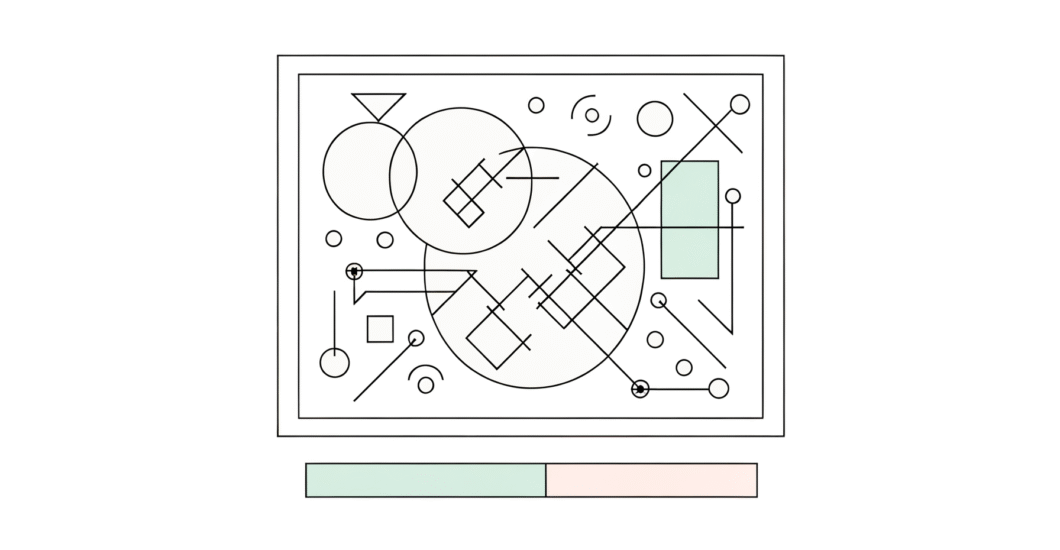We Now Know How AI ‘Thinks’ and It’s Barely Thinking at All
Estimated reading time: 5 minutes
- AI lacks true consciousness and operates through algorithms and data.
- Its reasoning capabilities are fundamentally different from human thinking.
- Understanding AI’s limits is critical for responsible deployment.
- AI excels at pattern recognition and data analysis but lacks context.
- Human oversight is essential to interpret AI outputs effectively.
Table of Contents:
How AI “Thinks”
AI Mimics, It Doesn’t Truly Think
Contrary to the charismatic narratives often espoused in tech circles, AI lacks consciousness, instinct, and those quirky human-like traits we often associate with genuine thought. Instead, it fades into the background of your Netflix recommendations, tirelessly executing predefined algorithms and engaging in feedback loops to present choices that statistically serve your preferences. If you think it’s “thinking” about your taste in shows like a friend would, think again; it’s simply cranking the numbers behind the scenes, analyzing user behavior to predict what you might want to watch next (AI Plus).
Reasoning Approaches
AI’s so-called reasoning capabilities can be broken down into three distinct approaches:
- Deductive Reasoning: Drawing specific conclusions from established rules or facts.
- Inductive Reasoning: Extrapolating patterns from large datasets into broader conclusions.
- Abductive Reasoning: Inferring the most likely explanation from incomplete information (AI Plus).
While these terms might cozy up next to concepts of human logic, they represent mathematical and algorithmic frameworks—not introspective or experiential thinking.
AI Thinking Frameworks
To help practitioners navigate the complexities of AI, a “competency-based model” called AI Thinking has emerged. This framework helps to clarify problem formulation, the selection of appropriate AI tools, and the identification of relevant data sources. It underscores that engaging with AI is about practical application, not creativity or consciousness (Royal Society).
By establishing a clear demarcation between what AI can and cannot do, the AI Thinking model serves as a bridge between developers, users, and decision-makers, allowing for a more nuanced conversation regarding its applications.
Why It’s “Barely Thinking at All”
Lack of True Cognitive Abilities
One of the most fundamental misunderstandings about AI is its perceived cognitive abilities. Humans utilize a plethora of factors—lived experiences, cultural context, emotional intelligence—to draw conclusions and create sophisticated opinions. In contrast, AI ‘thinks’ within parameters set by its training data, meaning it can only produce outputs derived from the patterns it recognizes; it doesn’t cultivate knowledge or “understand” in the truly human way (AI Plus).
Understanding this distinction is crucial. Drawing expectations from AI akin to human reasoning leads to inflated beliefs about its capabilities. While it can function as an astute “partner” in analytics and problem-solving, its reasoning is mechanical and constrained by quality data and algorithms alone (NYU).
Misconceptions About AI Intelligence
The hype surrounding AI has often exaggerated its powers, largely feeding the idea that it can think like humans. In reality, AI remains strictly bound by data and algorithms, with no inkling of creativity or insight. This misconception can impose unrealistic expectations on developers and decision-makers—hoping for insights from AI that it’s simply not capable of delivering (AI Plus, NYU).
Practical Implications
AI as a Problem-Solving Tool
While we should temper our expectations, there’s no denying that AI excels in certain domains, particularly when it comes to analyzing massive datasets and identifying patterns at staggering speeds. This skill finds applications in sectors like healthcare, finance, logistics, and beyond, significantly improving efficiency and outcomes (NYU, AI Plus).
However, it’s essential that we, as humans, interpret these outputs. AI’s lack of awareness stumbles under social norms and ethical considerations, emphasizing the importance of human oversight in contextualizing and guiding its application.
Evolving, Not Autonomous
Ongoing research has been dedicated to enhancing AI’s context sensitivity and emotional awareness. However, while we inch closer to these goals, the elusive dream of artificial general intelligence (AGI)—an AI that can think and learn like a human—remains just that: a dream. The notion that AI can autonomously emulate human-like thought processes is still far from reality (AI Plus).
Conclusion
In summary, AI’s approach to “thinking” is fundamentally a sophisticated form of data processing, devoid of genuine cognitive function or emotional resonance. It’s crucial to grasp that the term “thinking” applied to AI is best understood metaphorically; while these systems perform thrilling feats of computation and pattern recognition, they fundamentally lack the cognitive consciousness that characterizes human thought (AI Plus, Royal Society).
Understanding these limits is vital for responsible AI deployment and calibrating societal expectations about its role. If you’re interested in exploring AI’s capabilities further, or if you want to enhance the way your business engages with adaptive and dynamic AI solutions, don’t hesitate to connect with us at VALIDIUM. Check out our page on LinkedIn for more insights and ways we can assist.



